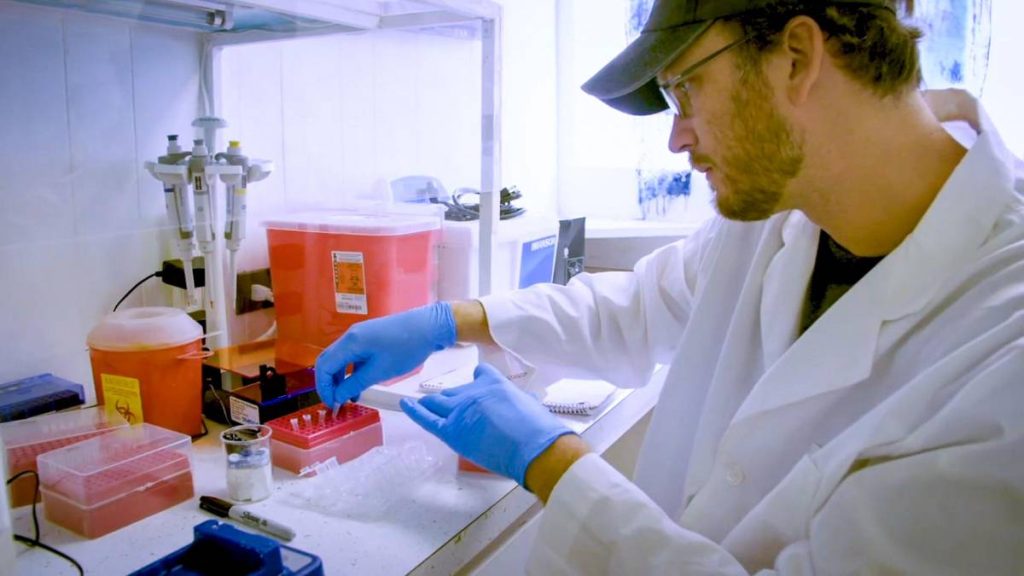Researchers Study Confiscated Endemic Fish
More than 500 aholehole confiscated from a pair of fishermen eight days ago did not go to waste, according to a Hawai‘i Department of Land and Natural Resources press release issued on Jan. 11, 2019.
Many people inquired on social media about the fate of the fish. The DLNR Division of Conservation and Resources Enforcement (DOCARE) photographed them for evidence and then turned them over to the Division of Aquatic Resources’ (DAR) Anuenue Fisheries Research Center at Sand Island.
The DAR estuary research team utilized the fish to advance the understanding of this endemic species in Hawaiian estuaries. This information will be used to help improve management of this important food fish.
“Aholehole are among the most common species we sample in muliwai across the state,” Acting DAR Administrator Brian Neilson explained. “It’s a popular sport-fish, as well as an important stock in the Hawaiian icebox. To effectively manage this fishery, we need data covering reproduction cycles, age and growth, population size and age structure, maturation and ability to produce offspring. This is all in addition to accurate catch and effort statistics.”
DAR uses a “sampling with replacement” method in estuaries which is just like catch-and-release fishing. Researchers avoid take of fish, except when necessary, or in this case, when others take fish allegedly illegally.
Neilson added, “The 532 aholehole seized by DOCARE gave us an opportunity to fill in some gaps in our fisheries data for this species.”
By measuring the fork length of each fish along with counting growth rings of ear bones, DAR is collecting data to develop a relationship between fork length, age, and sexual maturity of Aholehole in Hawaiian estuaries. This relationship provides critical information for management.
Once the fish were recorded and studied, they were donated to a farm in east O‘ahu to be used as fertilizer, effectively returning them to the ecosystem.














